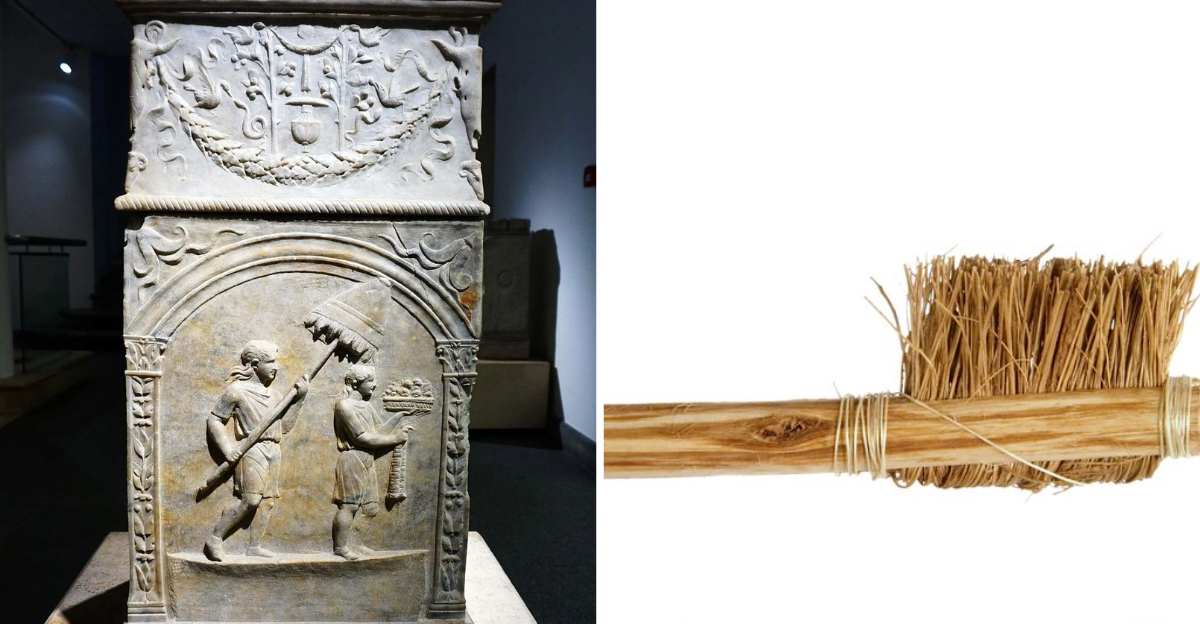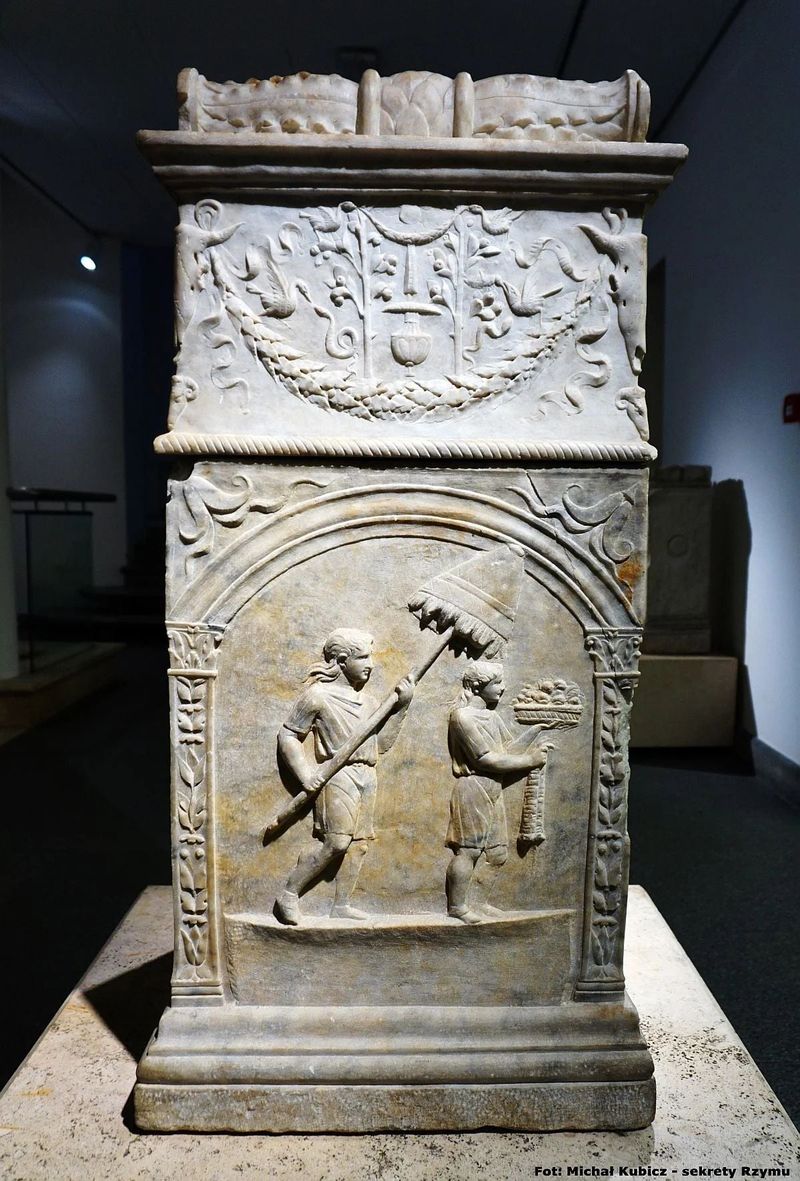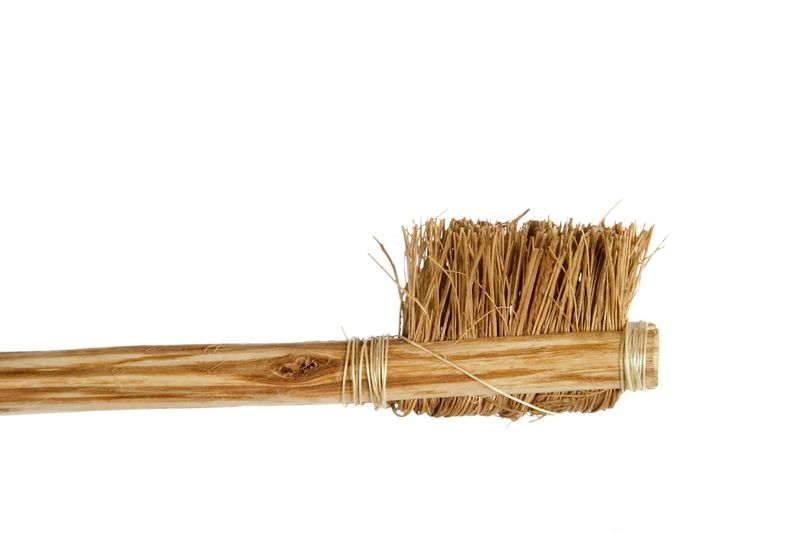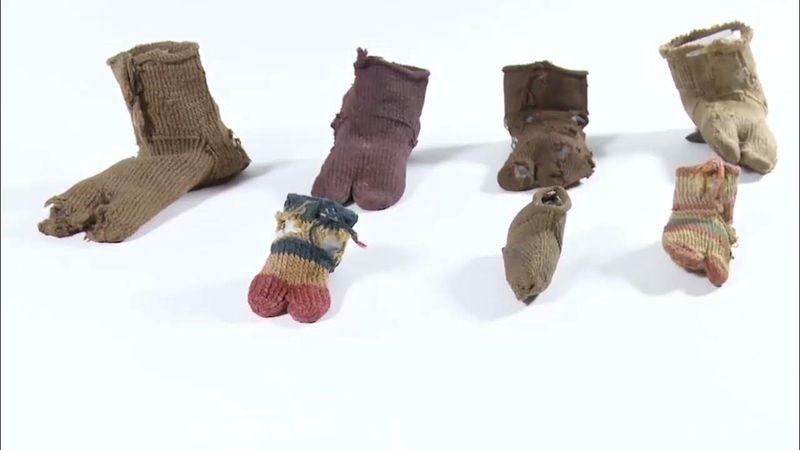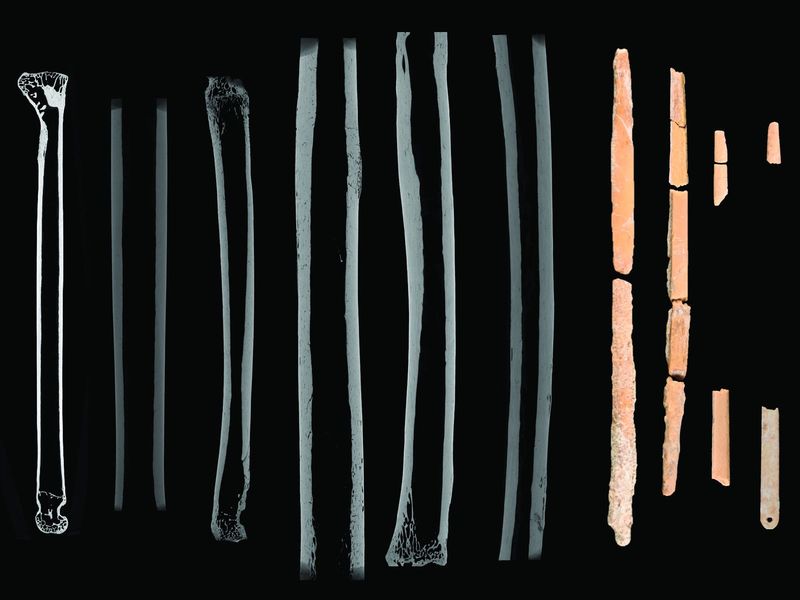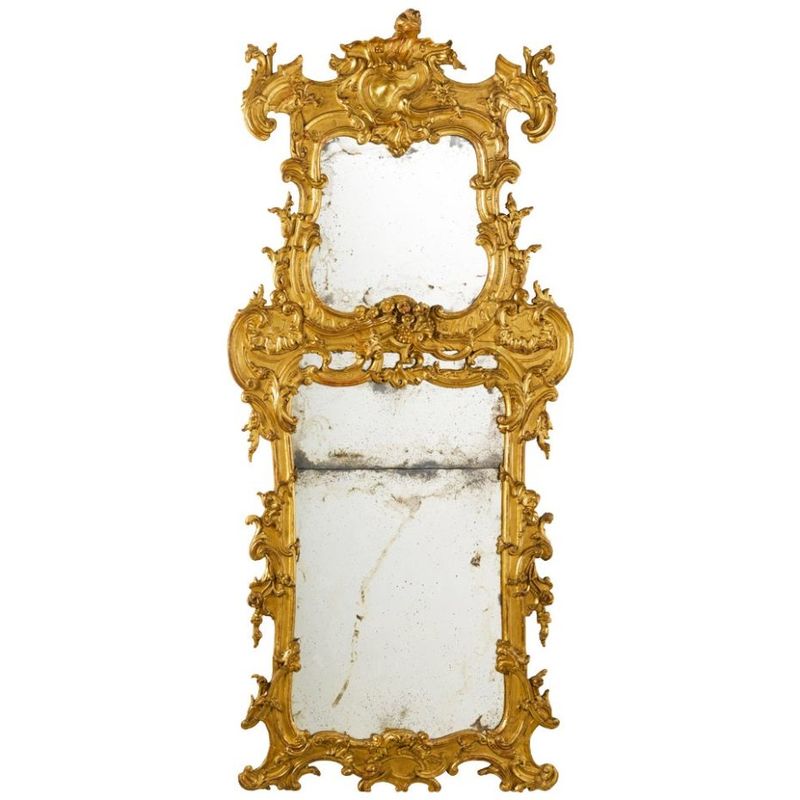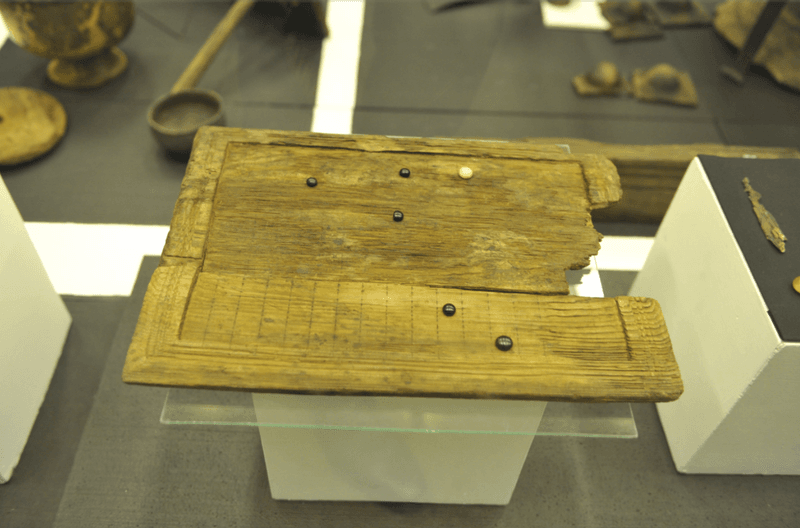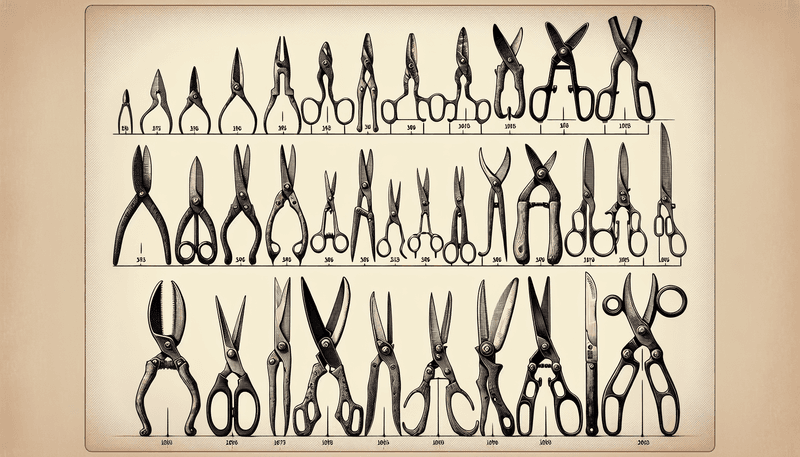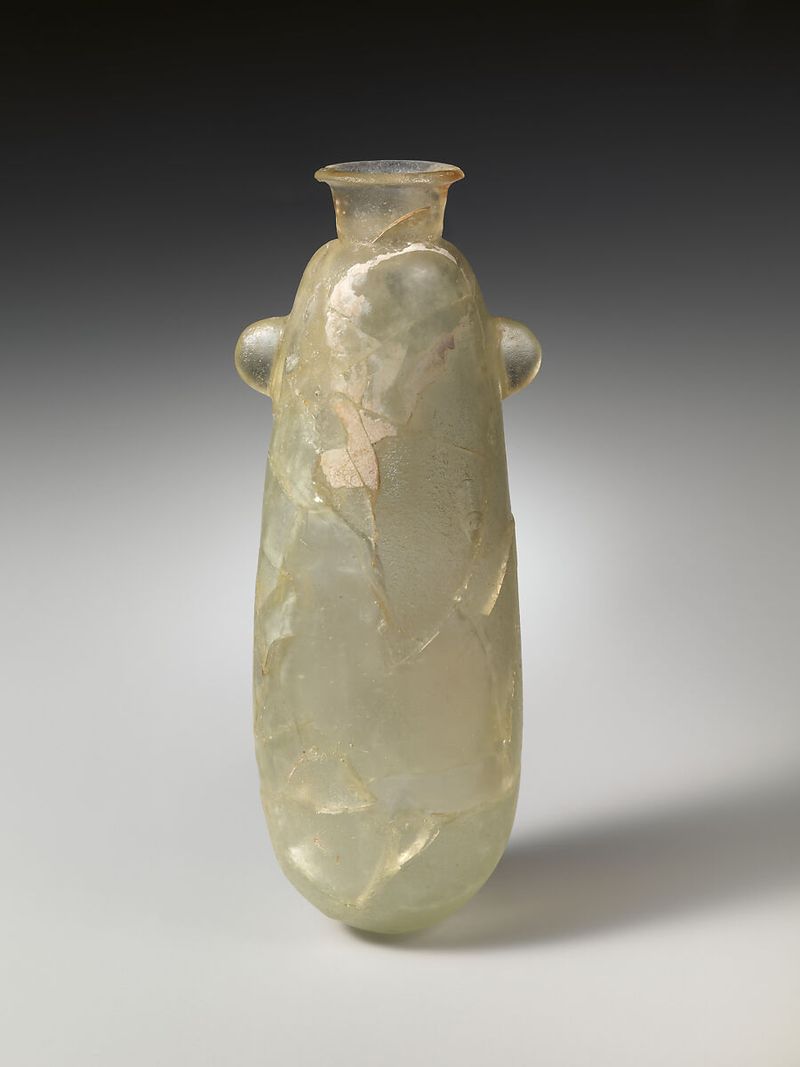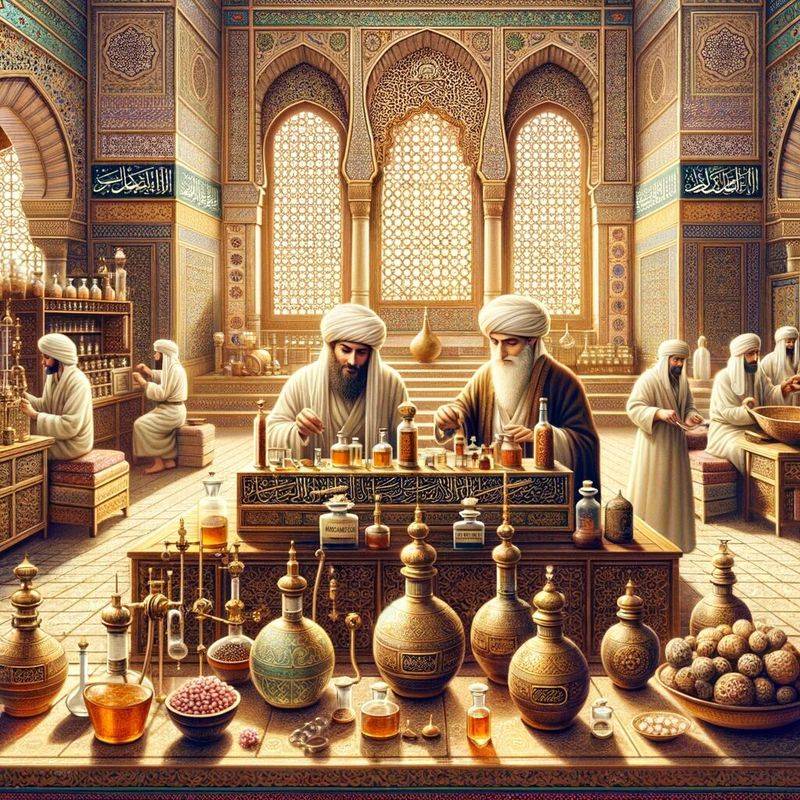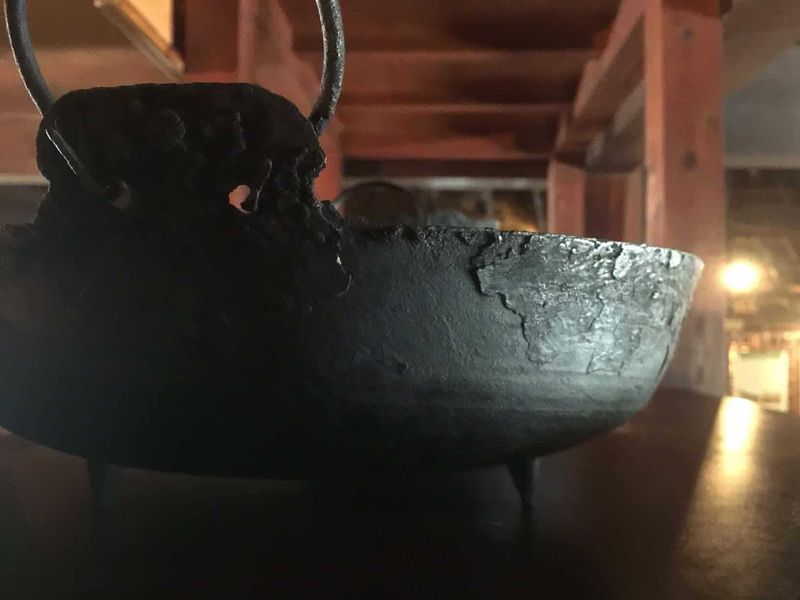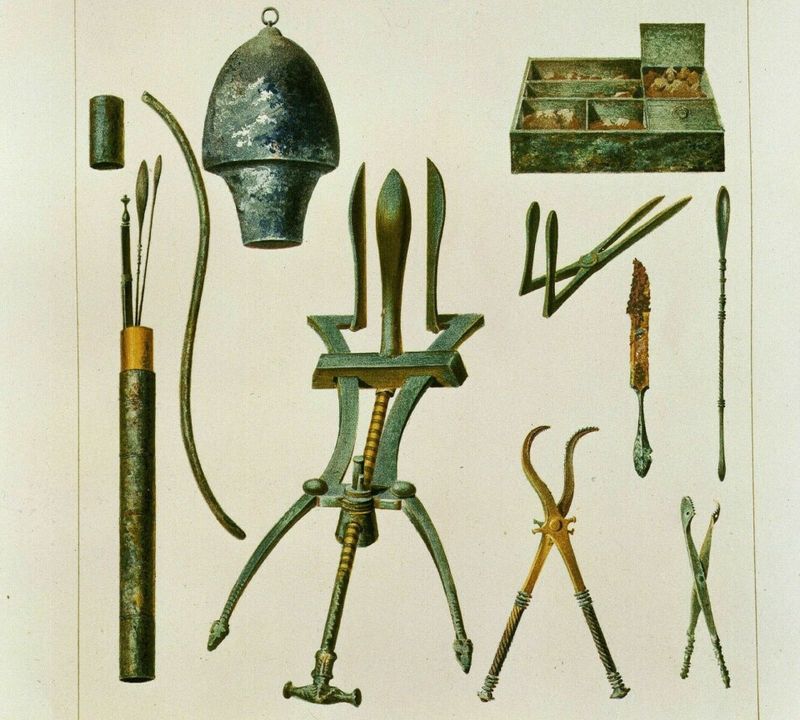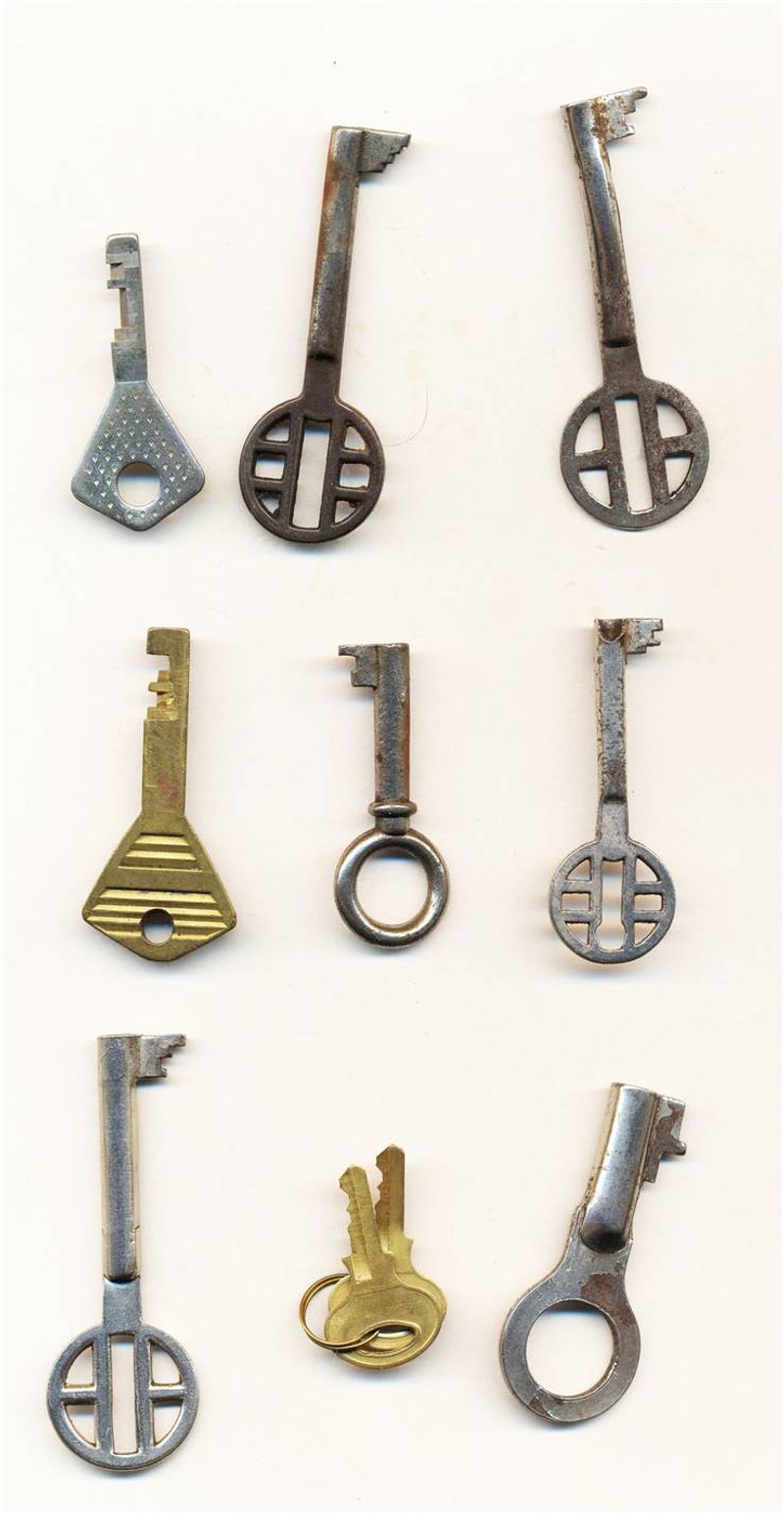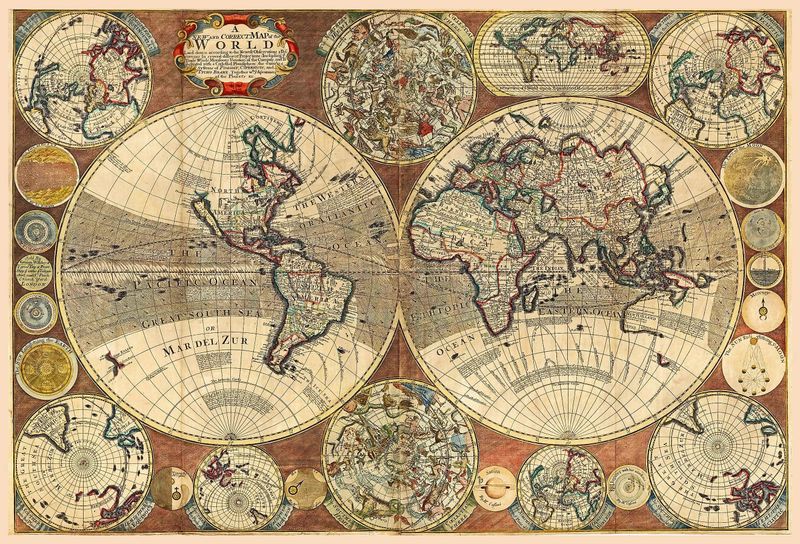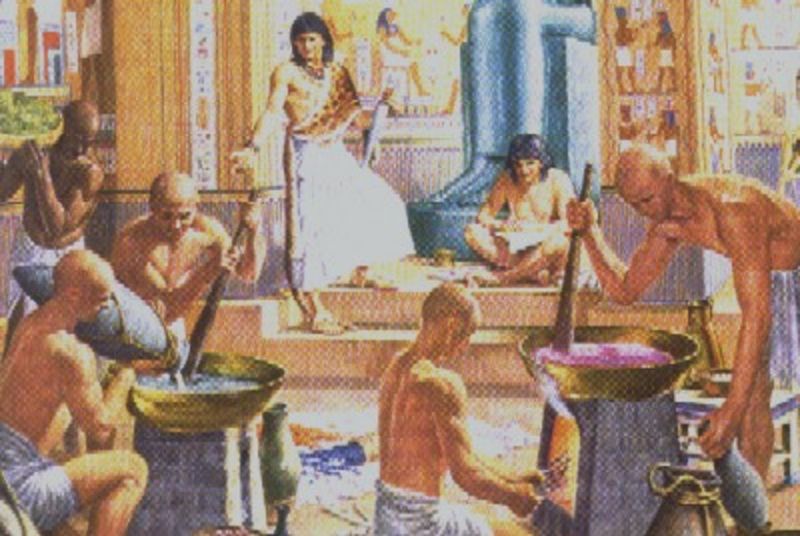Many of the everyday items we use today find their origins in ancient times. Various cultures, through necessity and ingenuity, crafted tools and implements that have stood the test of time. In this blog post, we explore 17 such items, each with its unique story and significance.
Umbrella
The umbrella as we know it today traces its roots to ancient China, circa 200 BC. Initially conceived as a sunshade, it was crafted from bamboo and treated paper. Ancient artisans meticulously designed these devices to provide protection from the elements, an essential accessory for both the elite and common folk.
In time, the basic design proliferated across cultures, adapting materials and styles to local climates and fashion. The umbrella rapidly became a symbol of status and practicality. Its evolution over centuries underscores its utility and enduring charm in weather protection.
Toothpaste
Toothpaste, a staple in oral hygiene, owes its beginnings to ancient Egyptians around 500 BC. They innovated a blend of crushed eggshells, pumice, and myrrh to form a cleaning paste. This formula, applied using a simple twig, aimed to maintain dental health and fresh breath.
These rudimentary tooth cleansers highlight the importance placed on personal care even thousands of years ago. Over time, toothpaste formulations evolved, incorporating new ingredients and better methods of application. Yet, the core idea remains rooted in these early experiments with oral cleanliness.
Socks
Socks have kept feet warm and protected since the 8th century BC, thanks to the resourcefulness of ancient Greeks. Crafted from matted animal hair or woven wool, these early socks were essential for shepherds navigating rough terrains.
The invention of socks was not merely for comfort; it was a practical solution to foot health and protection. As time progressed, the design and material of socks became more sophisticated, offering both fashion and function. Their continuous use underscores a basic human need for warmth and protection.
Paper
Paper, a cornerstone of communication and documentation, was invented in ancient China around 105 AD. Initially made from mulberry bark, bamboo fibers, and water, this innovation marked a significant leap from previous writing materials like silk and bamboo strips.
The creation of paper heralded a new era of record-keeping and literature, enabling more efficient information dissemination. Over centuries, knowledge of paper manufacturing spread, transforming cultures and industries worldwide. This ancient invention remains integral to modern society’s functioning, illustrating its timeless impact.
Sewing Needles
The sewing needle, a tool essential to clothing and textile creation, dates back to around 30,000 BC. Prehistoric humans crafted needles from bone, using them to sew animal hides for clothing and shelter.
This early innovation illustrates the necessity of developing tools to improve living standards and survival. Through the ages, materials and techniques evolved, making sewing needles more efficient and durable. Their invention marked the beginning of fashion and textiles, industries that continue to thrive, driven by this simple yet transformative tool.
Mirrors
Mirrors, now everyday household items, originated in ancient Mesopotamia around 4000 BC. Crafted from polished obsidian, these early mirrors were both functional and decorative, offering a glimpse into self-perception and aesthetics in ancient societies.
The fascination with reflection led to advancements in mirror-making, transitioning to metal and, eventually, glass. Mirrors have played roles in personal grooming, art, and science. Their journey from obsidian to modern glass reflects our continual quest for self-awareness and beauty.
Board Games
Board games, a universal form of entertainment, were first invented by ancient Egyptians around 3100 BC. Senet, a game involving strategy and luck, used a wooden board and pieces, illustrating early human fascination with play and competition.
These games were more than mere pastimes; they held social and religious significance. Board games fostered community and strategic thinking, principles that remain relevant today. This ancient pastime underscores the timeless allure of games in human culture, bridging gaps and fostering connections.
Scissors
Scissors, vital for cutting fabric and other materials, were invented in ancient Rome around 100 AD. Early versions consisted of two metal blades connected at the fulcrum, revolutionizing the way materials were divided and shaped.
This innovation was crucial in tailoring, enabling more precise and efficient cutting. Over time, scissor designs have improved, catering to diverse needs from domestic to industrial use. Their utility and evolution highlight their importance in craftsmanship and daily life across cultures.
Glass
Glass, a versatile material, was first crafted by ancient Egyptians around 1500 BC. Early glass was used for beads and small containers. Artisans perfected the art of glass blowing, which allowed for a wider range of shapes and uses.
This invention led to a multitude of applications, from decorative items to functional containers. The development of glass radically transformed industries and daily life, with its clarity and durability remaining unmatched even today. This ancient craft laid the groundwork for myriad modern innovations.
Perfume
Perfume, a staple of personal grooming, originated in ancient Egypt around 3000 BC. The Egyptians extracted essential oils from flowers and herbs, creating scents for religious rituals and personal use.
These early perfumers were adept at blending ingredients to achieve alluring fragrances. The craft of perfume-making has since evolved, becoming a sophisticated art and science. Yet, the core of this ancient tradition persists, connecting us to centuries of olfactory pleasure.
Cooking Pots
Cooking pots, essential for preparing food, were invented by ancient Chinese civilizations around 5000 BC. Made from clay, these pots allowed for boiling and stewing, enhancing food’s flavor and safety.
The invention of cooking pots was pivotal, transforming raw ingredients into nutritious meals. Over time, materials and designs evolved, adapting to cultural preferences and technological advancements. These vessels remain fundamental to kitchens worldwide, underscoring their enduring utility and influence on culinary practices.
Cement
Cement, a cornerstone of modern construction, was first developed by the Romans around 300 BC. This early cement, made from volcanic ash, lime, and seawater, provided a durable building material.
Roman cement revolutionized architecture, enabling the construction of robust structures like the Pantheon. Its invention laid the groundwork for modern concrete, influencing building techniques across the globe. The legacy of Roman cement endures, highlighting the ingenuity and foresight of ancient engineers.
Surgery Tools
Surgery tools have been used since ancient India, circa 600 BC. Indian surgeons, like Sushruta, developed instruments such as scalpels, tongs, and needles to perform complex surgeries.
These tools revolutionized medicine, allowing for procedures that alleviated suffering and extended lives. The early advancements in surgical instruments underscore the importance of innovation in medical practices. Modern surgical tools, though advanced, owe much to these pioneering ancient designs.
Locks and Keys
Locks and keys, essential for security, trace back to ancient Egypt around 2000 BC. These early locks were made of wood, with a pin tumbler mechanism, offering protection for valuables.
This innovation marked a significant advancement in personal security, influencing the evolution of locks and keys throughout history. Modern locking systems, though varied and complex, are rooted in these ancient designs. The concept of securing possessions remains unchanged, attesting to its enduring relevance.
Maps
The invention of maps, essential for navigation and exploration, dates back to ancient Babylonia around 2300 BC. These early maps, etched onto clay tablets, provided geographical knowledge that facilitated trade and travel.
Maps transformed how societies understood and interacted with their world, fostering exploration and cultural exchange. As map-making techniques evolved, they became critical tools for discovery and conquest. This ancient innovation continues to guide us, reflecting our unending curiosity and quest for understanding.
Soap
Soap, a staple in daily hygiene, was first invented by the ancient Babylonians around 2800 BC. They discovered that boiling fats with ashes produced a substance capable of cleaning. This mixture, although rudimentary compared to today’s standards, laid the groundwork for modern soap-making techniques.
The Babylonians’ soap was primarily used for cleaning wool and cotton in textile manufacturing. It wasn’t until later that it became a personal hygiene product. The ancient Romans improved upon this by adding aromatic oils, enhancing both its cleansing and aromatic properties.
Electric Batteries
The electric battery’s origins can be traced to ancient Mesopotamia around 250 BC. Known as the Baghdad Battery, this device consisted of a clay jar, copper cylinder, and iron rod, possibly used for electroplating.
The discovery of such a device underscores the advanced scientific curiosity of ancient cultures. While its exact use remains speculative, the principles behind it paved the way for modern electrical storage. This early experiment in harnessing electricity illustrates humanity’s enduring quest for technological advancement.
